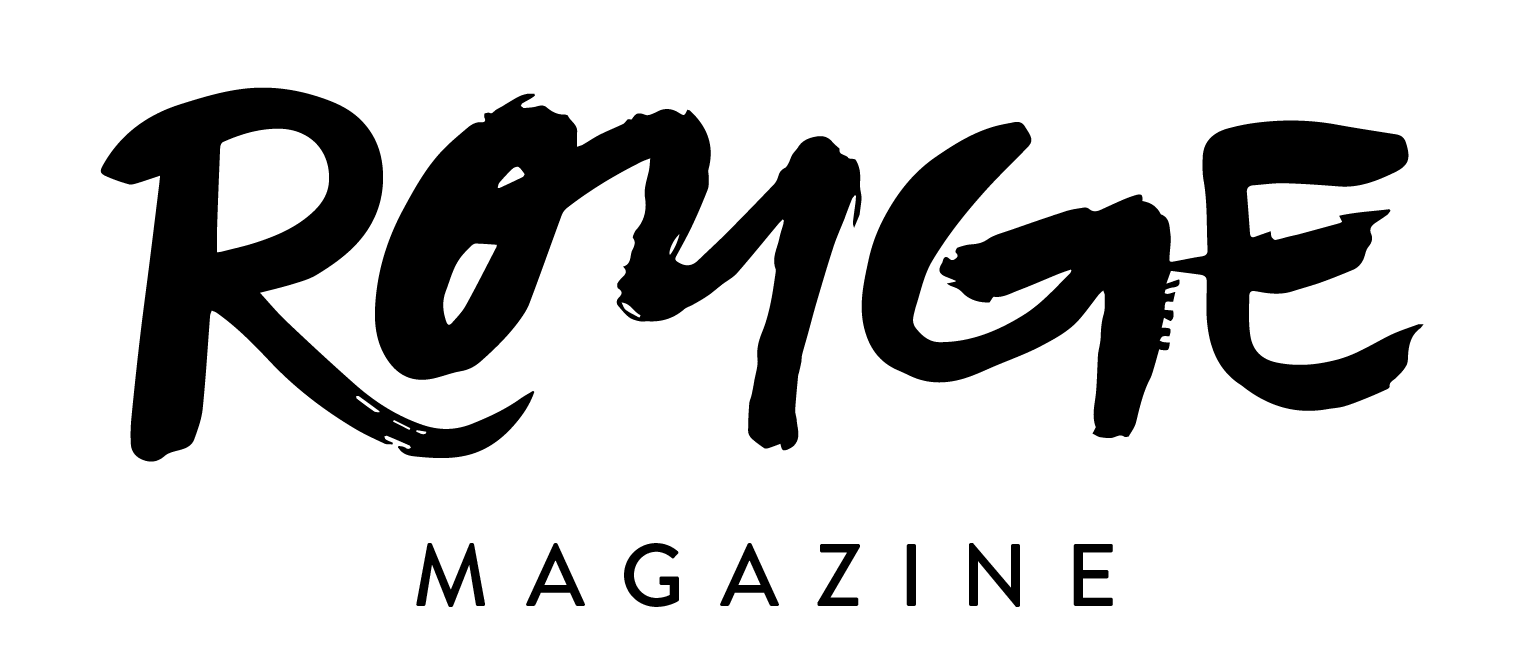Make Do & Mend: Wartime Women's Mantra of the 1940s
When early 1940s womenswear comes to mind, it doesn’t really spark extravagant images like those glitzy patterns and shapes from the 1980s or Juicy velour suits of Y2K. Displays of wedge silhouettes and single pleated A-line skirts were the norm of women’s fashion of the era; simple and pragmatic. However, the feminine styles of the 1940s are not to be associated with drab and drear. Women worked hard during the 1940s to not only support their country, but to uphold their sense of style, too.
“Make Do and Mend” was the slogan for 1940s clothing during World War II. In 1943, the Ministry of Information released a newsreel trailer under the same name giving suggestions for those at home learning how to make do with what was available to them and encouraging society to reimagine the old items in their closet (Make Do and Mend, n.d.). During the Second World War, clothing was rationed, forcing most people to either repurpose items from their closets or turn to their sewing machines to maintain a sense of style. Therefore, many trends of the early 1940s stemmed from this sentiment to improvise.
Since the war made each country’s economy gear their resources towards military efforts, women’s wear visibly changed. What were once the whimsical, extravagant looks of the late 1930s shifted toward practicality and utility wear. The 1942 issue of Vogue proclaimed the tailored suit as the uniform of the year. It was like deeming this suit as the perfect garment for all day wear. Instead of day to night, it suited roles both in service and at-home leisure. This idea of dress sparked Great Britain to launch a new mood board for the 1940s called the Utility Clothing Scheme. This inspired countless A-list designers of the time to fabricate a capsule collection based on utility clothing as they were also restricted in what they could produce (Ramzi,2024).
Since clothing during World War II required less fabric and a limit to excessive embellishments, the garments needed to be simple yet stylish in order to keep spirits high and people confident. The Kitty Foyle dress, named after a Ginger Rogers character, precisely captured this. The dress was a plain A-line, knee length shirtwaist dress. The garment offered a sophisticated look with its crisp collar and timeless silhouette. Not to mention, it did not require much volume or fabric, making it suitable for war times.
Aside from the trending silhouettes of the early 1940s, accessories were essential for the make do and menders. If you didn’t know how to sew, knit, or crochet, now was the time to learn because everyone was coming up with their own design-not necessarily out of desire, but necessity. Hats were still very popular for a proper lady to don, so women had to get creative and use whatever fabric was at hand. Women would knit snoods, which resembled hair nets, and turbans also became popular. These, again, were chic yet helped to keep their hair back when working in factories (Ramzi, 2024). Knitting books were issued to encourage others to reuse their resources and to teach beginners about the art. Not only did it illustrate how to design garments one could enjoy living in during such difficult times, but knit clothing also provided warmth for those without central heating (Wray, 2020). Crocheted tops and bottoms rose to trending as skilled crocheters could easily fashion a stylish item with the yarn laying around their home. Though textiles became rationed, this did not stop individuals from crafting their own closet with what they had to make do.
Women from all over the world were taught to “make do and mend” with only their personal belongings. They had to get crafty and learn how to stay stylish, polished, and feminine with their own hands. We take for granted today having enough resources for someone else to create our garments. They improvised to stay both elegant and practical. Luckily, with the celebration of the war ending in 1945, fashion had a celebration of its own and transformed into a glamorous new appeal. However, its dazzling transformation would not have been as contrasting if it wasn’t for the hard work that many put into concocting their own fashions before.
References
Make do and mend. Imperial War Museums. (n.d.). https://www.iwm.org.uk/history/make-do-and-mend-0
Ramzi, L. (2024, April 19). A 1940s fashion history lesson: Wartime Utility Suits, the new look, and more trends of the decade. Vogue. https://www.vogue.com/article/1940s-fashion-history-lesson
Wray, M. (2020, November 30). Making do during World War II: Exploring my great-grandmother’s knitting books. PieceWork. https://pieceworkmagazine.com/making-do-during-world-war-ii-exploring-my-great-grandmothers-knitting-books/
Graphic by Reese Miller



